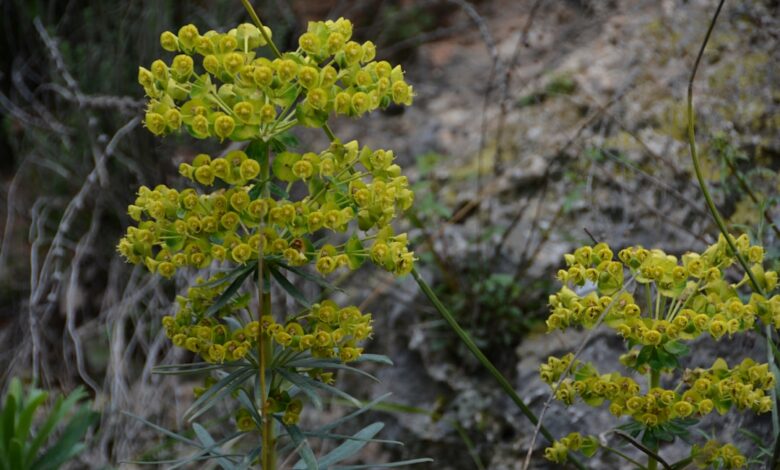Best Plant Identifier App Free

Ever wondered what that beautiful flower in your neighbor’s garden is? Or maybe you’re hiking and spot a cool-looking plant and want to know if it’s safe to touch? That’s where plant identifier apps come in handy! And the best part is, you don’t always have to pay to get the info you need. Let’s explore some of the best free plant identifier apps available right now.

Why Use a Plant Identifier App?
Okay, so why not just Google it? Well, plant identifier apps are often faster and more accurate. They use image recognition technology, so you just snap a photo, and the app does the rest. Plus, many offer extra information about the plant, like its uses, care tips, and potential dangers.
Think of it like having a botanist in your pocket! Whether you’re a seasoned gardener, a curious nature lover, or just trying to keep your houseplants alive, these apps can be super useful.
Top Free Plant Identifier Apps
Alright, let’s dive into some of the best free options. Keep in mind that “free” often means the app might show ads or have limited features compared to a paid version. But these apps are still fantastic for basic plant identification.
Google Lens
Yep, the same Google that helps you find everything else can also identify plants! Google Lens is built into the Google app on most smartphones, and it’s incredibly powerful. Simply open the Google app, tap the Lens icon (it looks like a camera), and point your camera at the plant. Google Lens will analyze the image and provide information about it, including potential plant matches. While not solely a plant identifier, its broad database and ease of use make it a winner.
PlantNet
PlantNet is a citizen science project, which means it’s built and improved by a community of plant enthusiasts. When you submit a photo, it’s compared to a massive database of images contributed by other users and experts. This collaborative approach often leads to very accurate identifications. PlantNet is excellent for identifying wild plants and flowers. The app is totally free and doesn’t require any registration.
PictureThis
PictureThis is a popular choice, known for its user-friendly interface and accurate identifications. It uses artificial intelligence to analyze plant photos and provide detailed information. The free version offers basic identification features, but keep in mind that you’ll encounter ads and have limited access to some of the advanced features, like disease diagnosis. However, for quickly identifying a plant, the free version is often sufficient.
iNaturalist
iNaturalist is another citizen science project, jointly run by the California Academy of Sciences and the National Geographic Society. It’s not just for plants; you can identify all sorts of living things, from insects to birds to fungi. Take a photo, upload it to iNaturalist, and the community will help you identify it. Like PlantNet, iNaturalist is a great way to learn about the natural world and contribute to scientific research. Its focus is more on biodiversity and recording observations, making it incredibly useful for understanding the ecology of an area.
PlantSnap
PlantSnap boasts a vast database of plants and offers pretty accurate identification. The free version of PlantSnap allows a certain number of free snaps per day. If you only need to identify a few plants now and then, the free version might be perfect. The app also provides care tips for the identified plants.
Important Considerations When Using Plant Identifier Apps
While these apps are incredibly helpful, it’s important to keep a few things in mind:
* **Accuracy:** No app is perfect. Identifications are based on algorithms and image recognition, which can sometimes be wrong. Always double-check the identification with other sources, especially if you’re planning to consume the plant.
* **Plant Variation:** Plants can look different depending on their age, environment, and growing conditions. An app might not be able to identify a plant if it’s in an unusual state.
* **Toxicity:** Just because an app identifies a plant doesn’t mean it’s safe to eat or touch. Always research a plant’s toxicity before handling it, especially if you have children or pets.
* **Privacy:** Be mindful of the app’s privacy policy and how it uses your data. Some apps may collect location data or share your photos with third parties.
* **Don’t rely solely on the app:** These apps are tools to aid in identification. Always cross-reference with trusted sources such as botanical guides or expert advice, especially for critical decisions like consuming wild plants.
Safety First!
Never eat or use a plant for medicinal purposes unless you are absolutely certain of its identification and safety. Many plants are poisonous, and misidentification can have serious consequences. When in doubt, consult with a professional botanist or medical expert.
Frequently Asked Questions (FAQ)
How accurate are plant identifier apps?
Plant identifier apps are generally quite accurate, but they are not foolproof. Accuracy depends on the quality of the photo, the app’s database, and the plant’s characteristics. Always double-check the identification with other sources.
Can I use these apps to identify poisonous plants?
Yes, many plant identifier apps can identify poisonous plants. However, it’s crucial to remember that these apps are not a substitute for professional advice. Always research a plant’s toxicity before handling it, and consult with a medical expert if you have any concerns.
Do these apps work offline?
Most plant identifier apps require an internet connection to access their databases and perform image recognition. Some apps may offer limited offline functionality, but accuracy may be reduced.
Are these apps suitable for identifying mushrooms?
Some plant identifier apps can identify mushrooms, but accuracy may vary. Mushroom identification can be particularly challenging, as many species look very similar. It’s essential to exercise extreme caution when identifying mushrooms, as some are deadly poisonous. Never consume a mushroom unless you are 100% certain of its identification.
What if the app can’t identify the plant?
If the app can’t identify the plant, try taking a clearer photo with good lighting. Make sure the photo includes distinctive features of the plant, such as leaves, flowers, and stems. You can also try submitting the photo to a plant identification forum or consulting with a local botanist.
So, there you have it! Several fantastic free plant identifier apps can help you explore the botanical world around you. Remember to use these apps responsibly, prioritize safety, and enjoy learning about the amazing diversity of plants on our planet!
Related Posts
| Best Free Plant Diagnosis App |



